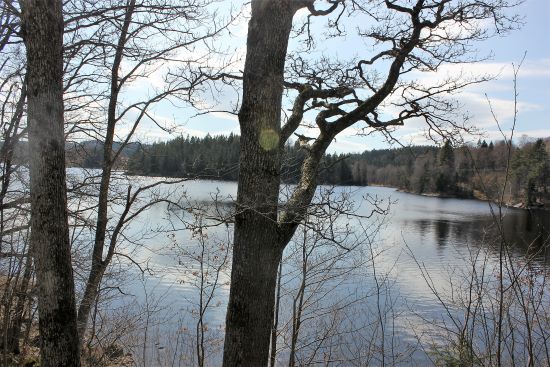Scenario 2026. Greta´s Arcadia in Bohuslän smarter than the cities Smart Cities.
”How dare you?” Greta Thunberg exclaimed in this fictional story when she, together with Danish star architect Bjarne Ingels, walked around the northern Djurgårdsstaden. One thousand apartments are built out of the 12,000 planned for 2030. A national hybrid, whose name is difficult to pronounce for foreigners. So internationally, the district is named Stockholm Royal Seaport .

Smart City of Sweden is the government’s shop window internationally to showcase environmental technology and new building thinking. Fixed big-horned Stockholm Royal Seaport is not cool enough for the outside world to care. Not even when you want to build the tallest building in the Nordic region with 500 apartments in Loudden – twice as high as Kaknästornet. The entire 300 meters, so that the Gothenburg citizens’ building Karlatornet is broken by 60 meters.
Danish skull knocks
The collapse of the big cities caused the new government to get help from Greta Thunström and Bjarke Ingels. The vision is a city of the future similar to Woven City in Japan, the English design for Toyota near Mount Fuji ( Google Maps ). There a couple of hours journey from Tokyo, here at Öresjö a one hour journey from overheated Gothenburg. Volvo companies must attract engineers internationally with something extra. Otherwise, the West Swedish vehicle cluster will not survive the technological change.
In 2021, Ingels recruited Greta Thunström as a partner in her international company BIG. She was needed because he was given the task of creating a future city in the forests between Trollhättan and Ljungskile. The mountainous nature with lakes and field accidents attracts eco-minded people from all over Europe, especially now in a chaos after Brexit. ( Google Maps )
But Greta was not gracious when she and Ingels in this fictional story wandered in the surroundings of Northern Djurgådstaden., He was taken down to earth in front of house 79 & Park which he designed for Oscar Prosperties . The property developer is on the ropes too many hesitate to live there for the sake of high rents. The Zickzack facade in cedar wood conceals that the house consists of drawers with enclosed concrete elements. For every kilo of concrete, one kilo of carbon dioxide is ejected. Then add all the steel and cement that the infrastructure requires to swallow the growing traffic.
Northern Djurgårdsstaden a separator
The first houses in Djurgårdsstaden are located along a drainage ditch called Husarviken . The water is low in oxygen with too much nitrogen and phosphorus. The sediments are infused with mercury, arsenic and cyanides from Värtaverket’s gas chambers.
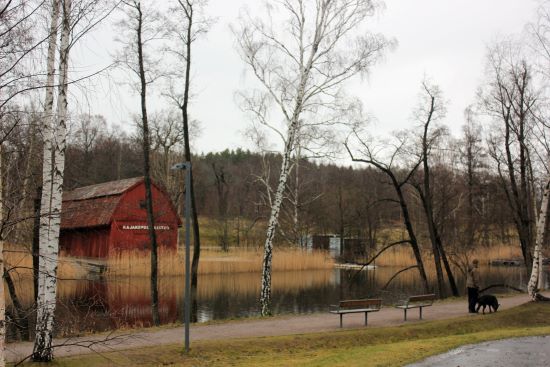
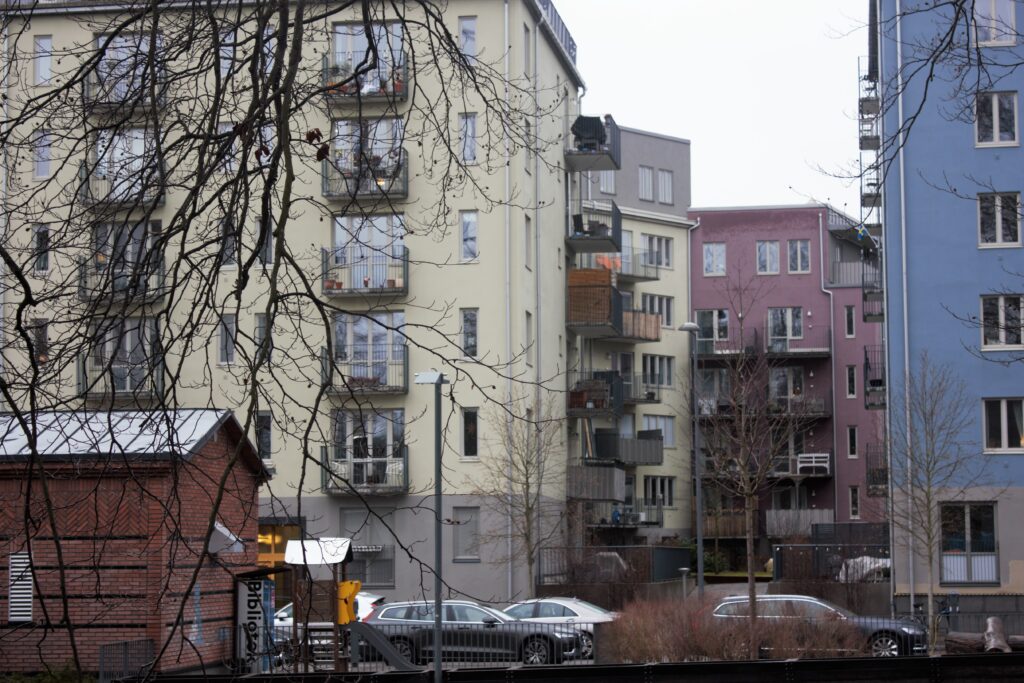
Why in Djurgårdsstaden build so tight and high that the sun does not find down to the street, Greta wondered. Do nothing because there is still no place for children to play, replied Ingels. The preschools lack the outdoor space so many children get to play on the roofs.
Building cheaply and selling expensive is what applies in Northern Djurgårdsstaden. Not many can afford to buy an HSB apartment for 80-100 thousand square meters. Then add that developers at the tenant-owner association often burden debts equivalent to SEK 20,000 square.
Sticker interest rates threaten bankruptcies for builders, associations and housing. No wonder the buyers are hesitant. Despite discounts, apartments are empty. Northern Djurgårdsstaden can be likened to the cream from a separator where Tensta and Botkyrka are the buttermilk. The difference is that the million program houses from the 60s are more richly built, between well-grown green spaces.
Nytorpare
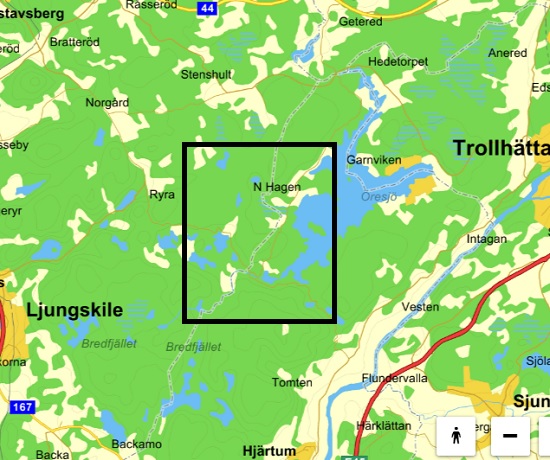
The area to which Greta names is located east of Öresjö in Hjärtums and Forshälla parishes, on the shadow side in the municipalities Lillla Edet and Uddevalla. A hundred years ago, a roadless poor village where you went on trails or in an oak on Öresjö.
Now it is important for the municipalities to create attractive housing before the wind turbines occupy the mountainous countryside. Although the municipal council got the conference call in the wrong way when Ingels presented how the houses should be built. Like this:
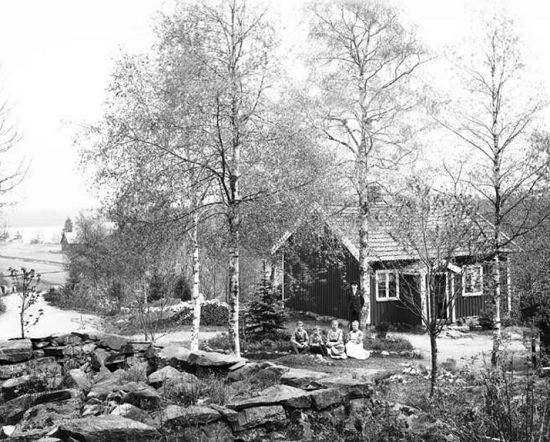
Roundly increased fees motivated Ingels that he and Greta Thunberg lived for two months in a single village on Öresjö to capture the village soul. That’s how the architects at BIG Barke Ingels Grou work, not unlike a reporting team.
With 500 employees from 25 countries – most of them sitting in what have been factories in Copenhagen and New York – Bjarke Ingels Group’s home combines spectacular prestige projects in all parts of the world. One is the new World Trade Center in Manhattan, another Google futuristic office in Silicon Valley.
The village’s narrator Anita Stenström and Rune Karlsson assisted as the team flipped through a thousand photographs taken by Olof Jonsson .
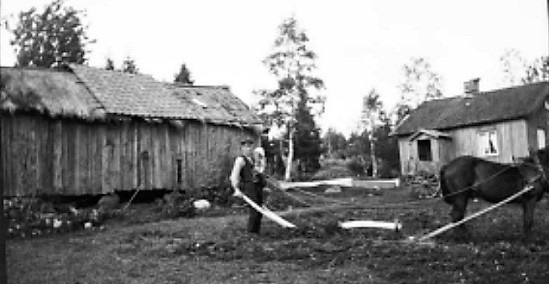
Even more confused was the local people when Ingels on the screen showed Olof Jonsson plowing outside the cabin. Until a new image faded with the barn replaced by one of him designed the Hill House . Flexible so that there is space for extra rooms, offices, workshops, greenhouses and maybe stables. The bioenergy recovers heat and nutrition for the cultivation. Possibly also solar panels instead of the sedum turf.
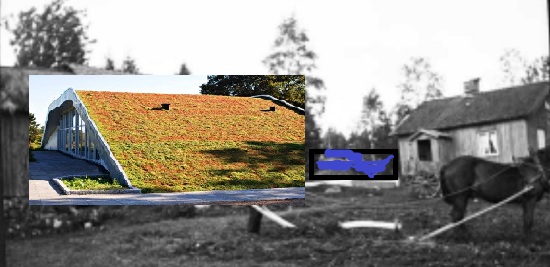
The point is to live traditionally in the village and experiment with new methods in the new barn. Between the houses is a hallway and a swimming pool, which at the same time serves as a heat storage.

I can draw such a house free of charge called Little Edet’s municipal architect. Sure, Ingels answered, although the municipality has no vision. I think big. With my international brand in the media I attract investors and movers.
Capture the soul of the countryside
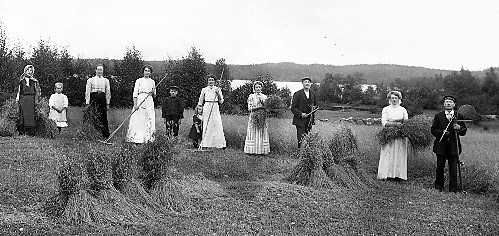
In Olof Jonsson’s pictures, Ingels saw an exoticism alluring to Europe and perhaps more than that. Though not building a city he creates in Toyota Woven City. Without pearl bands of villages with a twenty houses in each. With Ingels as a patron, Region Västra Götaland is running an international media campaign to attract an eco-savvy elite to Western Sweden and work at home in whole or in part in Greta’s Arcadia. With broadband fiber and 5G you can operate from home, operate machines and drive vehicles remotely. And for the sake of human contact, maybe work a couple of days a week at the Gothenburg office.
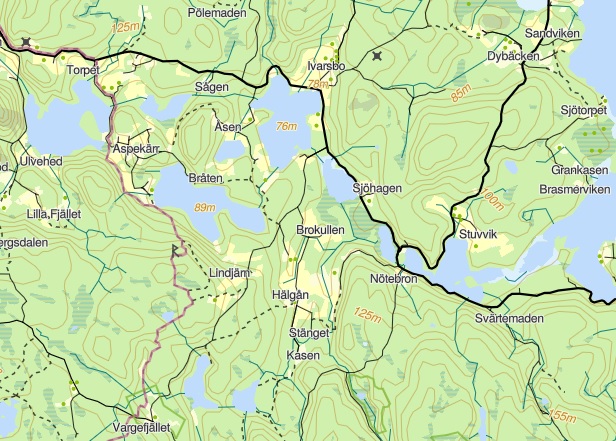
Britons tired of Brexit are mixed with Swedes in villages around the fields, shifted for horse grazing and eco-farming. The Germans love villages around lakes and moose down towards the Vargfjället. The Chinese who work for Volvo prefer to travel timber houses on top of torpedoes near Bredfjället. (More in Hard Brexit Catapult for Inland Shepherds ).
Arcadia
Inspired by Rousseau for Englishmen around 1800 through the landscape in search of a Nordic Arcadia. Idyllic as in ancient Greece where Zeus son Hermes roamed the cows among the mountains. One was the author Mary Wollstonecraft who in 1795, after passing Hjärtum, wrote :
The day before, my attention had often been attracted by the wild beauties of the country we passed through. The rocks that tossed their fantastic heads so high were often covered with pines and firs, varied in the most picturesque manner. Little woods filled up the recesses when forests did not darken the scene, and valleys and glens, cleared of the trees, displayed a dazzling verdure which contrasted with the gloom of the shading pines.
It got Greta Thunström to name the pearl band villages for Greta’s Arcadia.
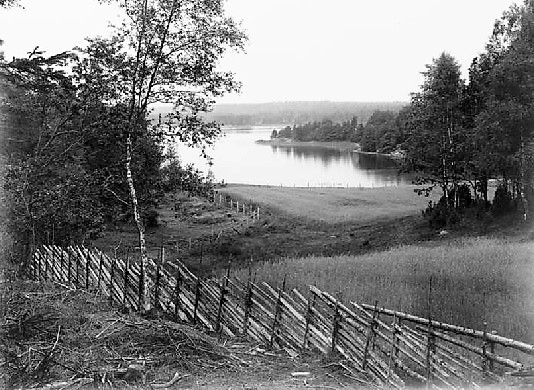
Although the idyll had cracks. “ The farms are small. Indeed most of the houses we saw on the road indicated poverty, or rather that the people could just live. Towards the frontiers they grew worse and worse in their appearance, as if not willing to put sterility itself out of maintenance. No gardens smiled around the habitations, not a potato or cabbage to eat with the fish drying on a stick near the door. A little grain here and there appeared, the long stalks of which you might almost reckon.
The poorest was the mountain countryside, which Wollstonecraft saw from the horseback between Göta Älv and Grinneröd. A poverty with lean soil and large baby hills that lasted until our days.
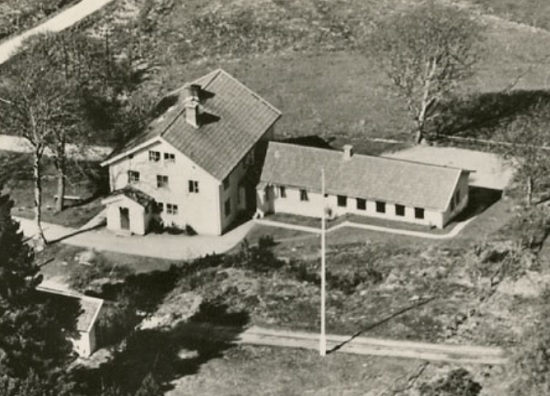
Thunberg has initiated an ecoplastic high school at Öresjö, with teaching in English and Swedish. In Ivarsbo ( Google Maps ) where the Farming Society used to have an agricultural school, the research institute develops small-scale methods for eco-cultivation and sustainable construction. Next to it is the village farm where the new builders not only meet for pleasure but can also work remotely together.
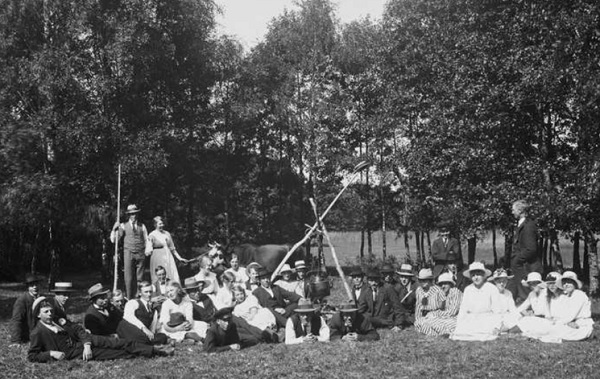
/ By ingemar Lindmark
Literature:
- Mary Wollstonecraft. Letters written during a short stay in Sweden, Norway and Denmark. English version .
- Per Nyström (Governor, Researcher from the West): Mary Wollstonecraft’s Scandinavian Journey
- Birch angels. Hot to Cold: An Odyssey of Architectural Adaptation
